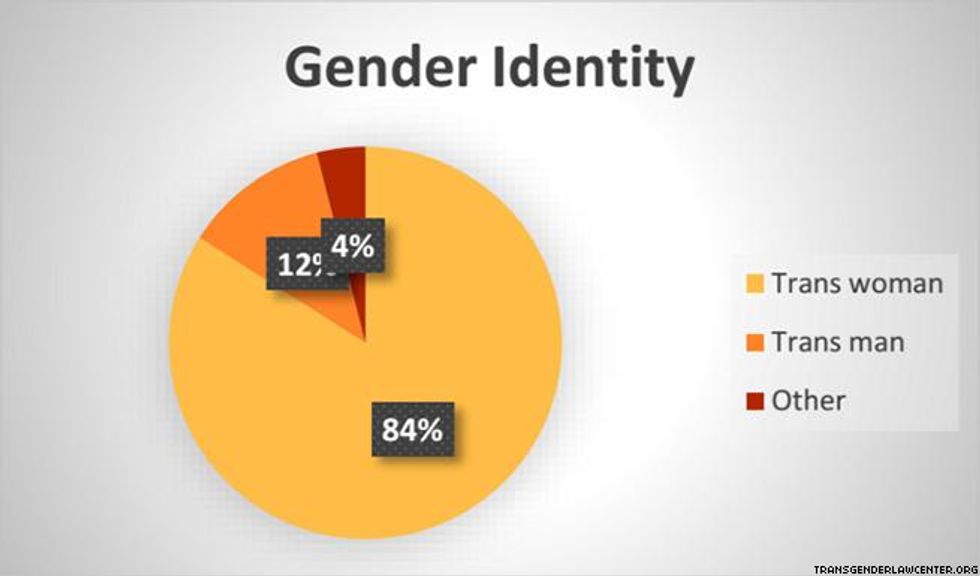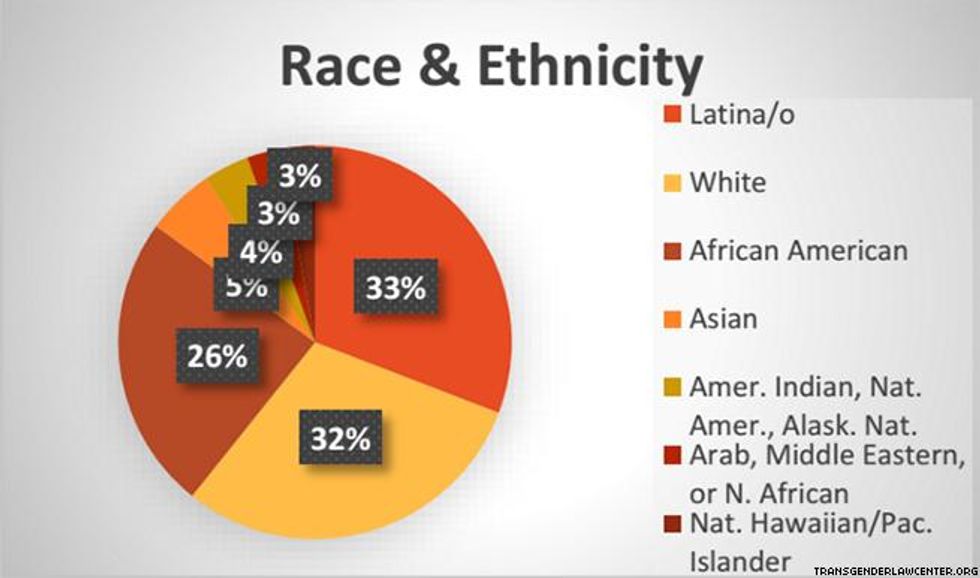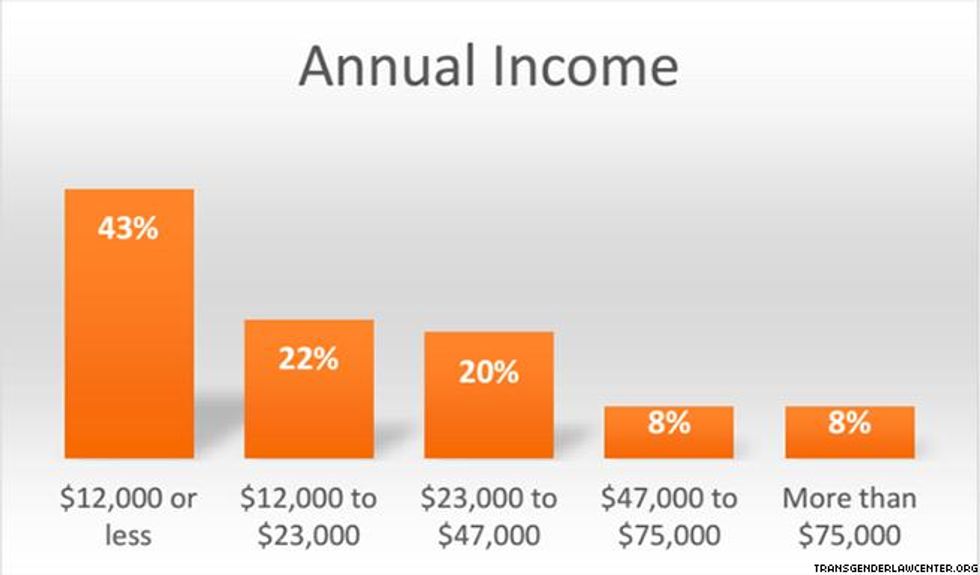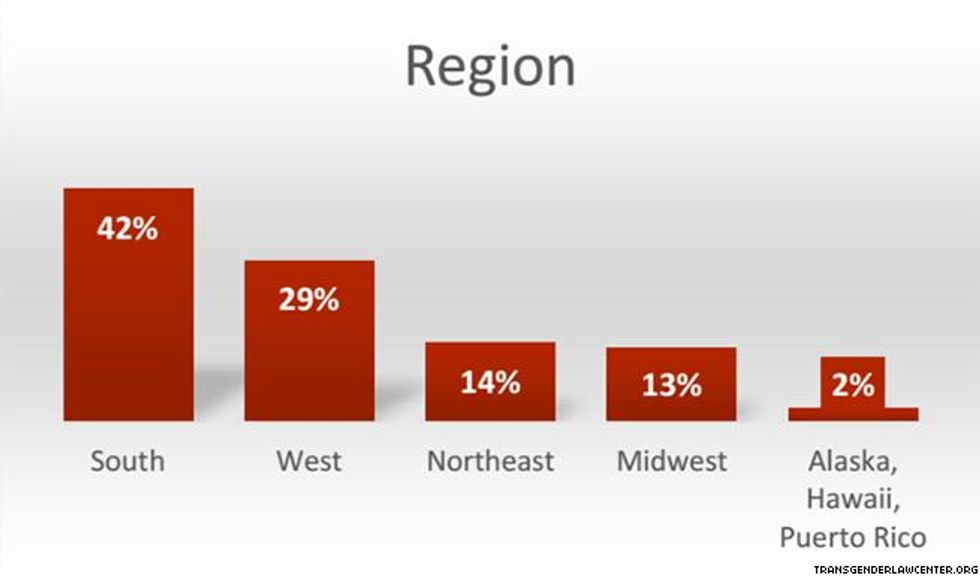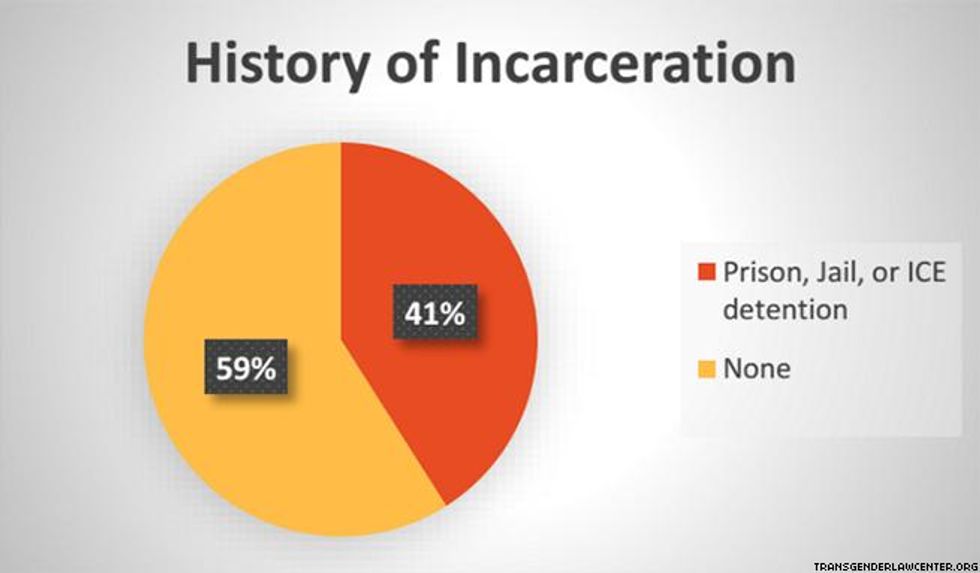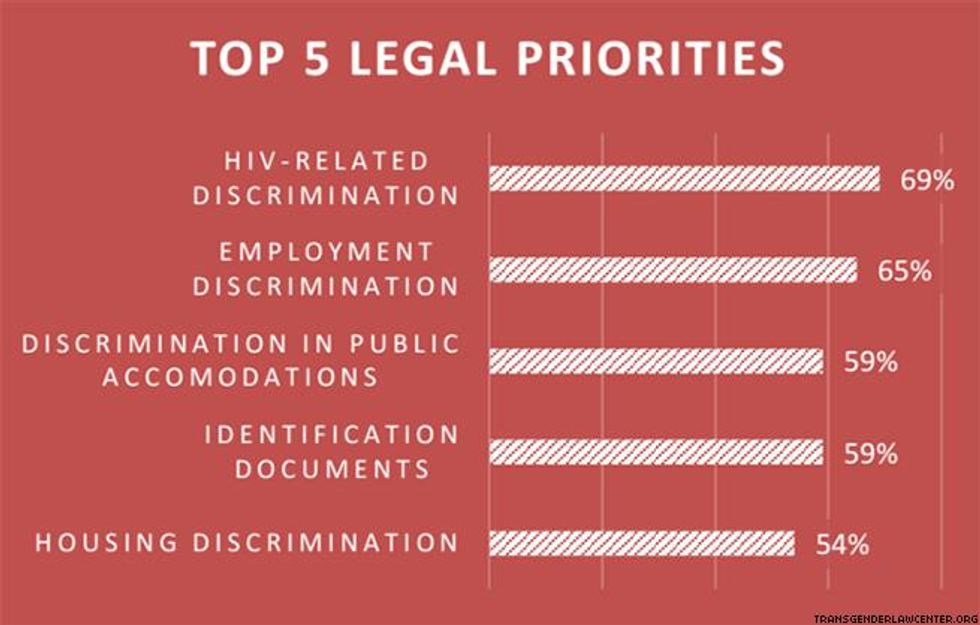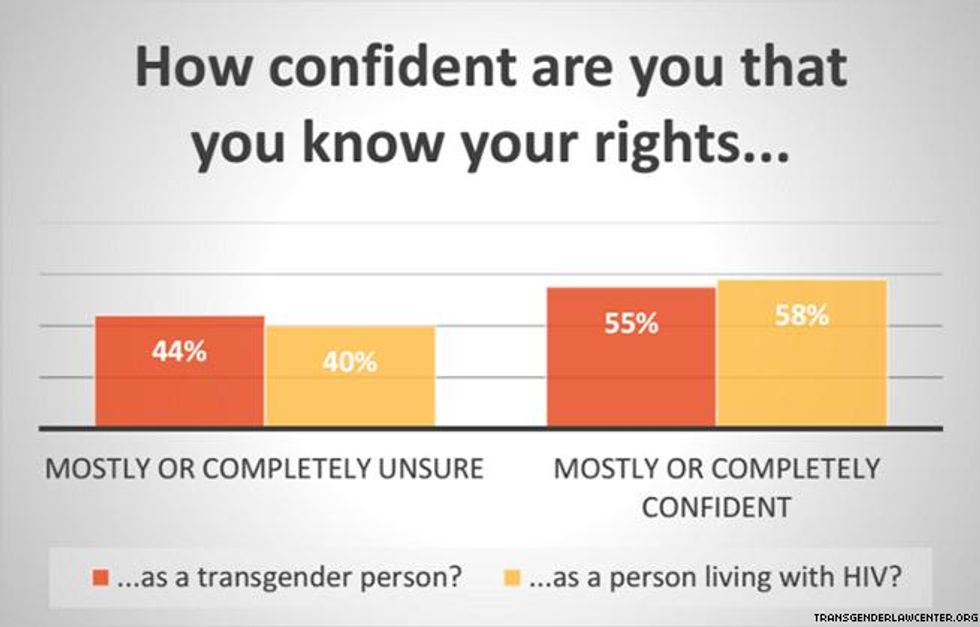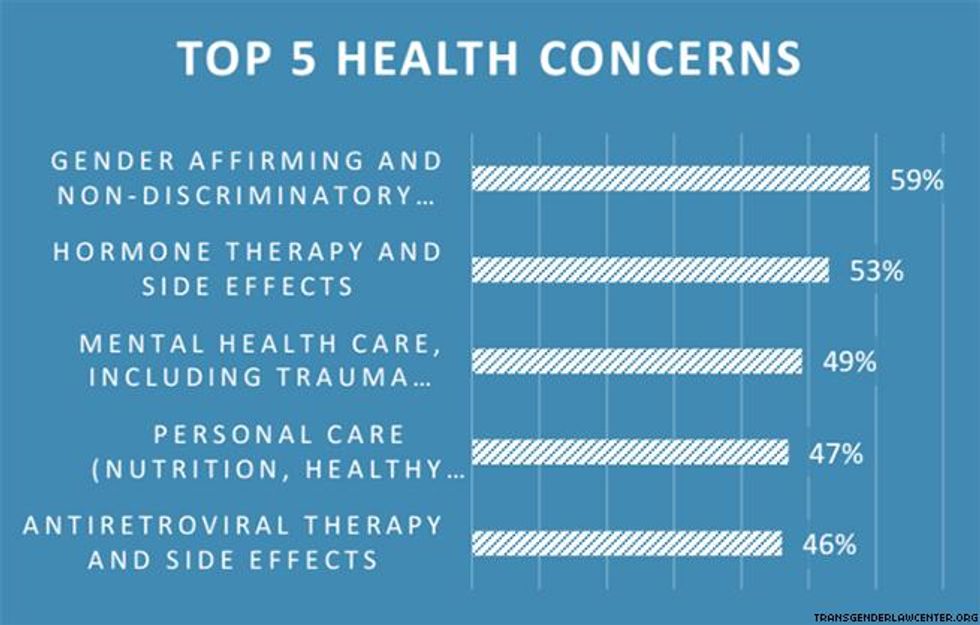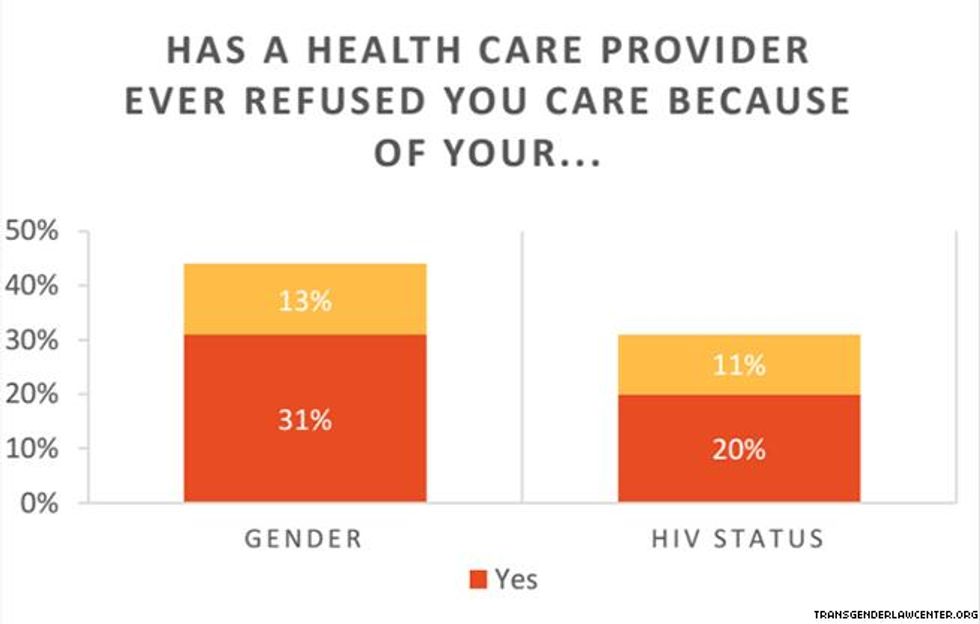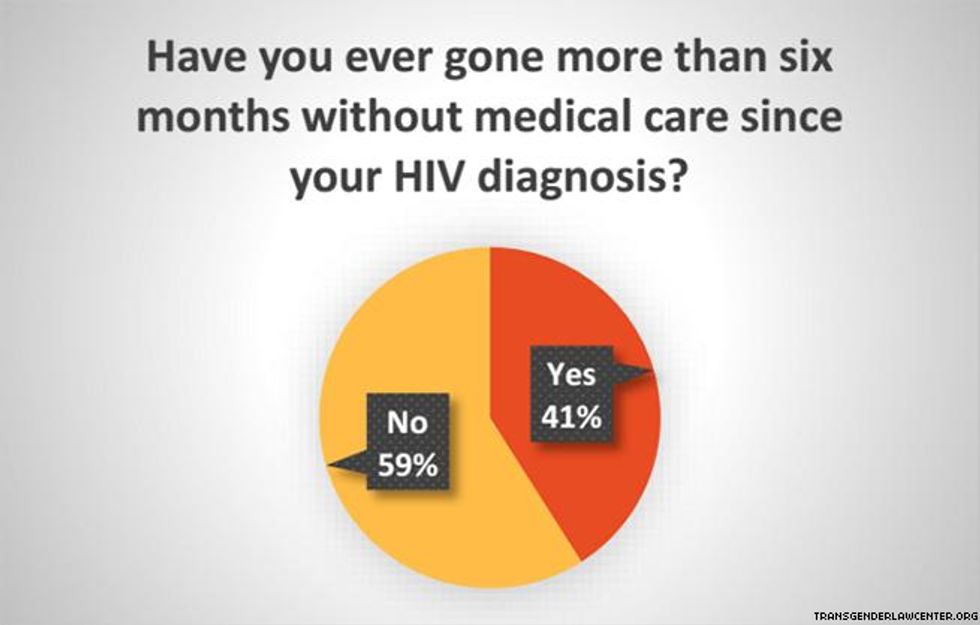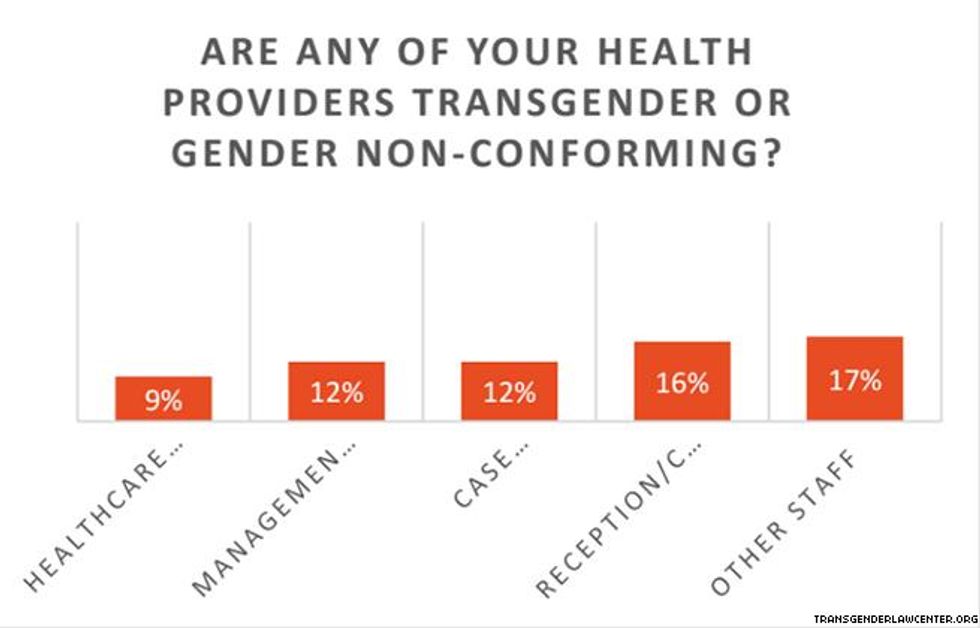Treatment GuideJust DiagnosedSex & DatingAfrican AmericanStigmaAsk the HIV DocPrEP En EspañolNewsVoicesPrint IssueVideoOut 100
CONTACTCAREER OPPORTUNITIESADVERTISE WITH USPRIVACY POLICYPRIVACY PREFERENCESTERMS OF USELEGAL NOTICE
© 2025 Pride Publishing Inc.
All Rights reserved
All Rights reserved
Scroll To Top 












![]()
By continuing to use our site, you agree to our Privacy Policy and Terms of Use.
Transgender and gender non-conforming people have higher risks of contracting HIV than nearly any other group. Trans women of color are particularly vulnerable, with 1 in 2 black trans women and 1 in 5 trans Latinas living with HIV, according to the Transgender Law Center. In a study of 400 participants, TLC's Positively Trans program set out to improve our understanding of people living with HIV in the transgender and non-conforming community. Of the 400 participants, 157 people completed surveys referenced in this slide-show. Respondents's gender break-down is shown above.
